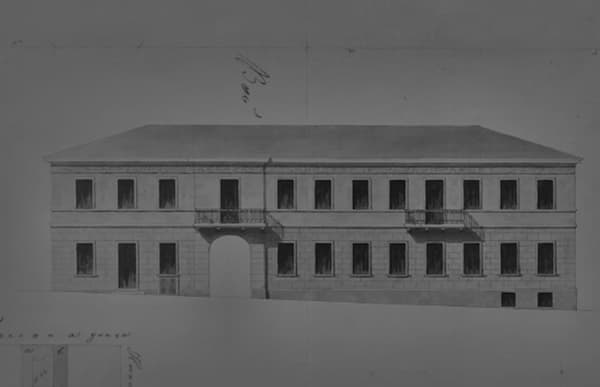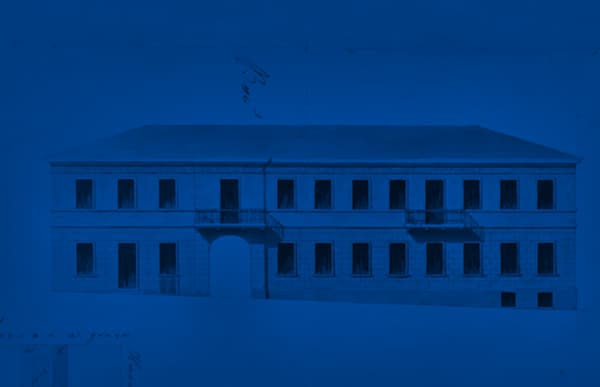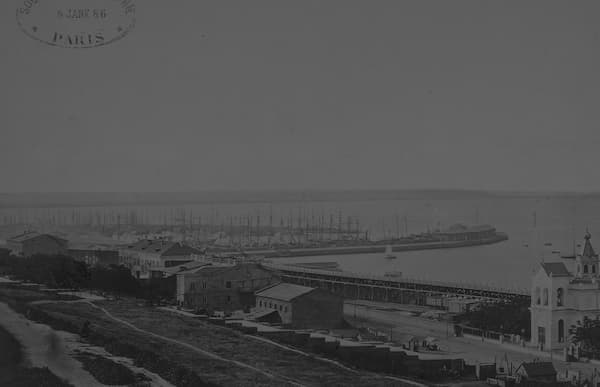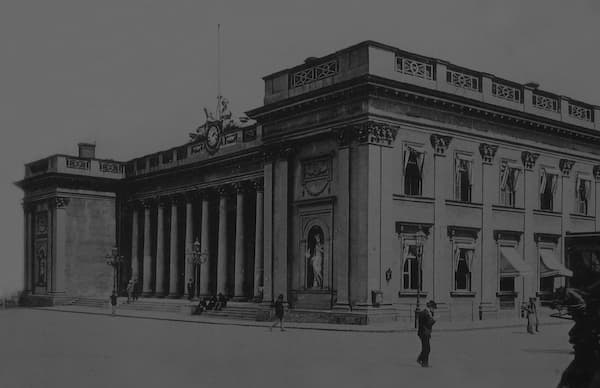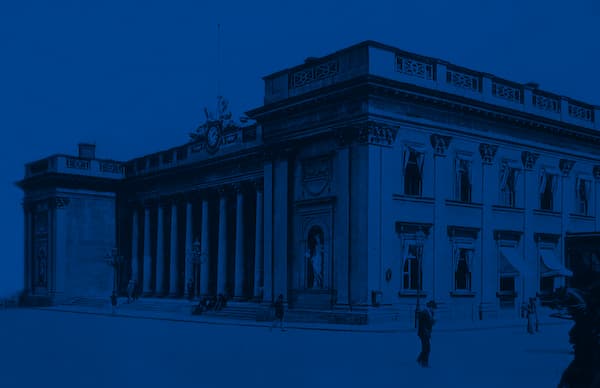Odesa, New Stock Exchange, today Philharmonic Theatre, 1894-1899
Together with the Opera House, the other emblematic building of late 19th-century Odesa is the New Stock Exchange, later converted into the Hall of the regional Philharmonic Orchestra. Its construction was supposed to celebrate the centenary of the city’s foundation, but although an international design competition had been launched (as had been done for the Opera House), finally Aleksandr Bernardazzi (1831-1907), born in Pjatigorsk to a family of builders originally from Pambio (Canton Ticino), was asked to design it. Charged with evaluating the four best designs identified by the competition jury in order to define the appropriate functional programme, he finally designed and built what is considered his masterpiece. The New Stock Exchange shows clear references to Italian architectural culture, interpreted with an eclectic touch, and is still a landmark of the urban landscape, onto which it opens through a monumental portico evoking the Orient and serving not only as a loggia, but also as a setting for the great Carrara marble staircase. From the smaller rooms, intended for commercial transactions, to the great hall adorned with an elaborate Lebanese cedar ceiling, the building reflects the commercial ambitions of the Odesa ruling class. It therefore takes on a symbolic value that the pre-existing Stock Exchange, designed by Francesco Boffa, became the seat of the City Hall: these two buildings being in fact the symbol of the architectural and social evolution of Odesa in the 19th century, two (very Italian) versions of the official look that its administrators wanted to give it.
After all, the imprint left by Boffa on Odesa’s physiognomy is unparalleled except by Bernardazzi, to the point that some authors (such as Patricia Herlihy) believe that “the Odessa we see today is the work of this prodigious and talented architect”. He involved numerous Odesa professionals (including some from Ticino who had settled on the shores of the Black Sea) to build it, to the extent that it can be considered a testimony to the genius loci. The intense commercial and industrial development of the city around 1900 favoured the birth of a local architectural school and Bernardazzi was one of its promoters. After spending the first phase of his career in Chişinău (now the Republic of Moldavia), he moved to Odesa in 1878, where he became the city’s general architect. An architect, technician and entrepreneur, Bernardazzi worked with colleagues to promote professional training, encouraging the establishment of an architectural faculty at the local Society of Fine Arts and a school for training construction foremen at the Technical Society.
Author: Guillaume Nicoud
Version dated: 02.07.2022
